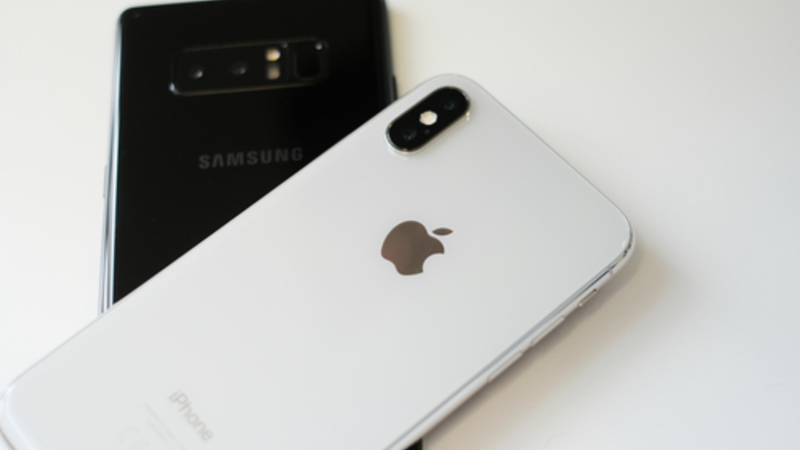Switching from iOS to Android: A New User Guide
With Christmas approaching, it’s one of the busiest times of the year for the smartphone industry. With the recent launch of both the iPhone 8 and iPhone X, and the new Samsung S8, S8+ and Note series, there will be many people looking to get their hands on a new handset.
For some people, this could mean switching brands entirely, moving from iPhone to Android, or vice-versa. Today, we’re looking at some of the things you might need to know if you’ve recently picked up an Android phone after long-term iOS use, or are considering buying one for Christmas.
How to migrate your iOS contacts to Android
If you've previously backed up your iPhone contacts on your iCloud account, then you can always transfer them after you sell your phone. However, if you haven't, then you'll want to make sure that you back them up before parting ways with your old device.
Next, once your Android phone has been setup, go to iCloud on your laptop or PC and locate your contacts. Click on the small cog icon, which should take you into Settings, and click on the option to 'Export vCard'. Save this file onto your computer's hard drive.
Finally, transfer the vCard to your new Android phone (this can be done in a few ways), before opening your Android Contacts application. In here, you'll have an option to import or export contacts, which will allow you to select the vCard file from your iPhone, before populating your iOS contacts into the Android phone.
How to transfer media from iOS to Android
Moving your music from iOS to Android is straightforward. On your laptop or PC, open the iTunes folder and download a programme called Music Manager from Google. Next, drag the contents of your iTunes folder across to the Music Manager and allow it to synchronise. You can then either drag the contents directly onto your phone, or access them through Google Play Music.
For photos, it's a similar story and involves iCloud again. By going through iCloud on your laptop or PC, you can download your photo albums to your hard drive and then upload them to the Google Photos website, following the on-screen prompts. You'll now have direct access to all your photo content through the Google cloud services.
Finally, for movies, it's simply a case of using universal movie platform 'Movies Anywhere', which allows synchronised access to all your purchased movies on any iOS or Android device, regardless of which device they were purchased on.
Reinstating your applications and logins
Most applications that you used on your iPhone are likely available from the Google Play Store, too. Still, that doesn't make the task of writing them all down and re-downloading them on Android any easier. Unfortunately, the only tangible way to do this is to write down a list of your apps and then download them individually, one at a time. What’s more, you won’t keep any in-game or in-app purchases that you made whilst on your iPhone.
For subscriptions like Netflix, Spotify and so on, or logins such as Facebook or YouTube, it’s far easier. Accounts that you used on your iPhone will continue to work on Android; simply download the Android version of the app and then log in as usual.
Common day-to-day applications
Once you've migrated all your contacts, media and applications, you're free to explore the day to day tasks available to you on Android and how they work.
The self-titled 'Messages' app and 'Email' carry the same names as on iOS (unless you're specifically using the 'Gmail' app with your new Google account), but for browsing the internet, you were likely using 'Safari' on iOS. On your Android phone, most users opt for 'Chrome', which is Google’s own internet browser.
Rather than iCloud, you're going to be using 'Drive' for cloud storage, though Google drive comes with a whole host of additional functions, including an imitation of Microsoft Excel called 'Sheets', plus more document-editing software. For all those music tracks, movies and photos you may have transferred – or if you download any new media – then you’ll find them in the Play Music, Play Movies and Google Photos apps, respectively.
Stuck, or in need of a hand?
When switching from one operating system to another entirely, it can be difficult to get your head around all the new features and functionality. Android offers a fair bit more freedom than iOS when it comes to customisation of your phone, so it’s normal to be a little overwhelmed.
If you’d like any pointers or want to talk through any of the information above, then feel free to give us a call on 0808 123 2820, and we can help you make sense of your new Android world.



Recent Comments